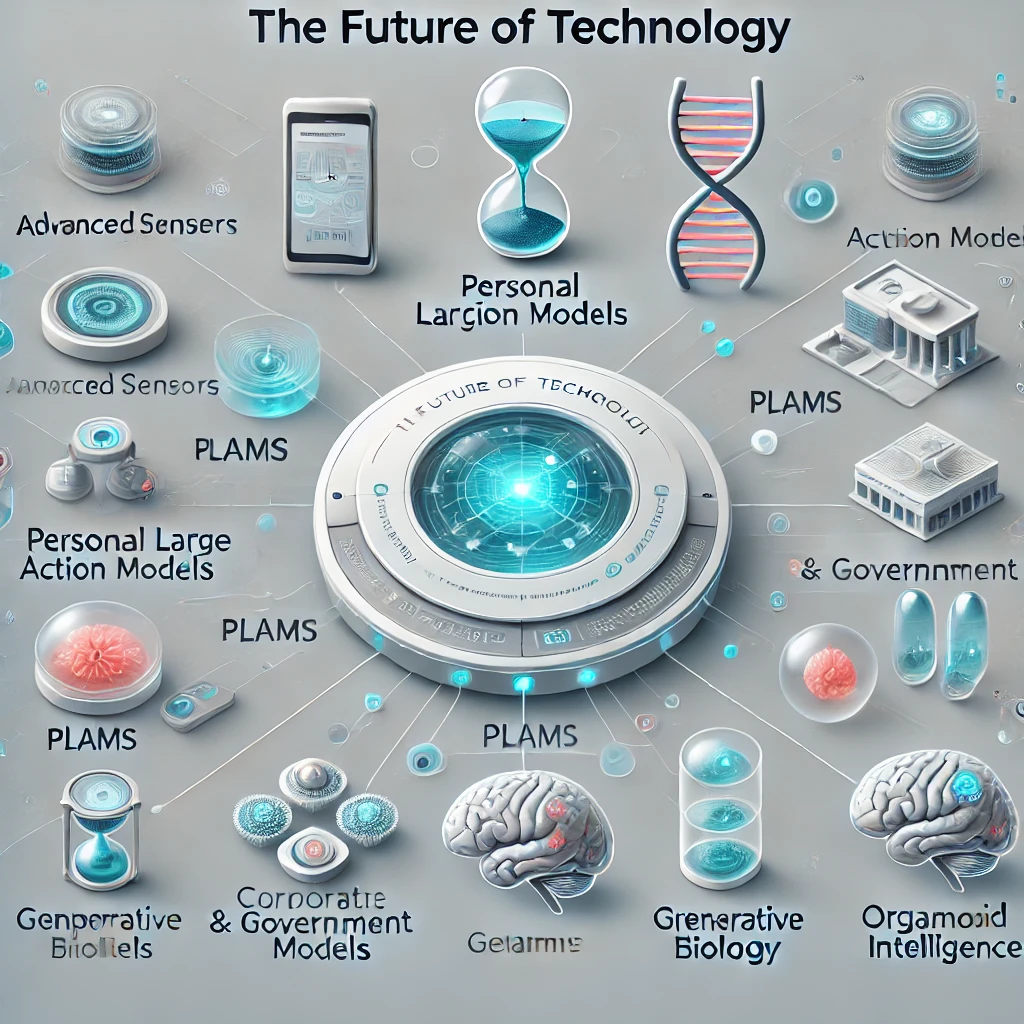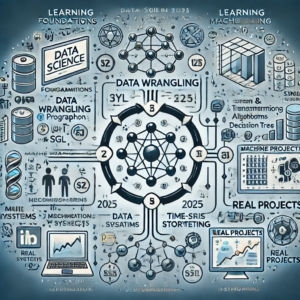Advanced Sensors and Their Role in Monitoring
Modern sensors are revolutionizing data collection in various settings. For instance, smart water meters continuously measure water flow, offering granular insights into consumption patterns. They can also detect anomalies like drops in pressure or irregular usage, often indicative of leaks. Similarly, a new generation of biological sensors, including wearable and ingestible devices, is transforming healthcare. These sensors provide real-time data to diagnose diseases, detect pathogens, and monitor recovery. Among them are nanobots—tiny machines injected into the bloodstream that act as internal surveillance systems. These nanobots monitor patient health in real time, detect environmental changes, and provide early warnings of potential health issues.
From LLMs to LAMs: The Next Frontier
As sensors capture increasing amounts and types of data, organizations must move beyond large language models (LLMs) to large action models (LAMs). While LLMs predict what to say next, LAMs focus on executing tasks by breaking them into smaller components. Optimized for real-time decision-making, LAMs are set to transform how organizations operate. Early examples, like Anthropic’s Claude and Adept.ai’s ACT-1, interact with software and digital tools to perform actions directly. These models rely on multimodal data streams from wearables, smart devices, and IoT sensors, enabling seamless task execution with minimal user involvement.
PLAMs, CLAMs, and GLAMs: Personal and Organizational Applications
The evolution of LAMs into personal large action models (PLAMs) promises to redefine individual experiences. PLAMs will adapt to users’ needs, managing tasks, streamlining decisions, and providing personalized recommendations based on behavioral data. These autonomous systems will handle transactions, optimize purchases, and communicate with trusted agents while maintaining privacy. At the organizational level, corporations will leverage corporate large action models (CLAMs), while governments may develop government large action models (GLAMs) to improve operations and decision-making.
Bioengineering and Living Intelligence
Bioengineering, combined with AI, is unlocking the potential of “generative biology” (genBio), which uses data and computation to create new biological insights. Companies like Ginkgo Bioworks are already engineering custom enzymes for industrial processes, such as breaking down plastics. Similarly, Google DeepMind’s AlphaProteo designs novel proteins, while its GNoME tool predicts the properties of new materials. Imagine buildings made from self-regulating materials that autonomously adjust temperature and lighting.
Organoid Intelligence: A New Era
Organoid Intelligence (OI), a groundbreaking field, uses lab-grown tissues like brain cells to create biological computers. For example, the DishBrain, developed in 2021, comprises live neurons that learned to play the video game Pong. Researchers envision biological operating systems allowing customizable organoid-based intelligence, heralding a new era of computing.
Preparing for the Era of Living Intelligence
To thrive in this transformative era, organizations must act decisively. Here’s how:
- Demystify Living Intelligence: Educate leadership on how AI, sensors, and bioengineering intersect.
- Develop Scenarios for Disruption: Use strategic foresight to explore potential impacts and new opportunities.
- Identify High-Impact Use Cases: Start with scalable pilots to integrate living intelligence technologies.
- Build Skills and Capabilities: Invest in training and redefine workforce roles to align with these advancements.
- Monitor Regulatory Shifts: Stay agile to adapt to evolving regulations and foster innovation responsibly.
Conclusion
The convergence of AI, advanced sensors, and bioengineering is reshaping industries. From healthcare to construction, the era of living intelligence is creating unparalleled opportunities. Forward-thinking leaders must embrace these innovations and ask, “What if?” to envision transformative scenarios and position their organizations for success.






Be First to Comment